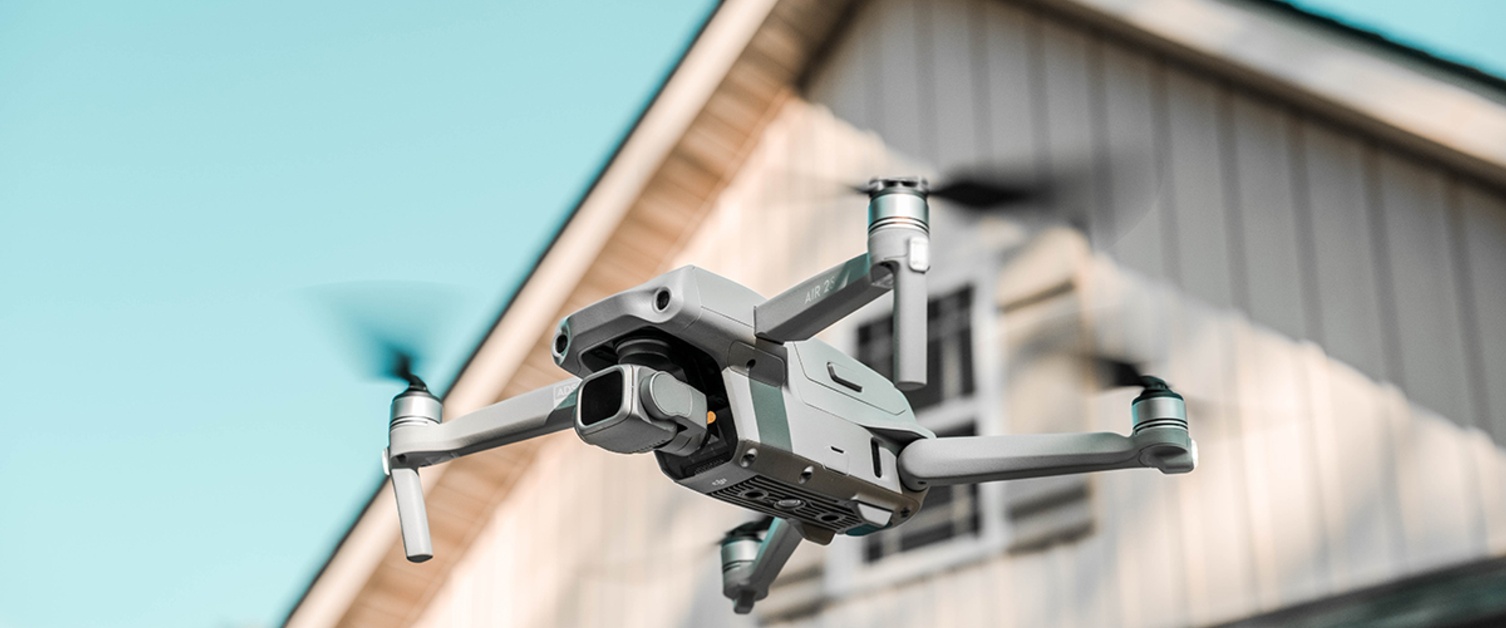Drone Forecasting, Go-Kits, and Carbon Dioxide Reactors: The Latest News
- By AMS Staff
- Aug 9, 2023
Here are a few of the news stories that we've been following in the last week. Do you have a story we missed? Share it in the community!
Urban forecasting for drone flights takes major leap forward
Scientists at the National Center for Atmospheric Research (NCAR) have demonstrated that a new kind of model built entirely to run on graphical processing units, or GPUs, has the potential to produce useful, street-level forecasts of atmospheric flow in urban areas using far fewer computing resources and on a timeline that makes real-time weather forecasting for drones and other urban aircraft plausible. Read more about this breakthrough.
Why scientists use different radio bands to study the universe
Radio astronomers view the universe in several ranges of wavelengths we call bands. The Very Large Array (VLA) uses wavelengths ranging from 4 meters to less than a centimeter. The Atacama Large Millimeter/submillimeter Array (ALMA) uses radio bands ranging from a couple of centimeters to a third of a millimeter. But why do radio telescopes use such a wide range of wavelengths? The answer lies in the many ways that objects emit radio light, and how this light interacts with the gas and dust of interstellar space.
The timing of climate impacts are critical for predicting tropical cyclone exposure
A new study finds that increasing global warming from currently one to two degrees Celsius by mid-century might lead to about 25 percent more people put at risk by tropical cyclones. Hurricanes and typhoons are already among the most destructive natural disasters worldwide and potentially threaten about 150 million people each year. Adding to climate change, population growth further drives tropical cyclone exposure, especially in coastal areas of East African countries and the United States. But the timing of when climate and population changes occur will create critical differences in vulnerability. Read more on how this study can help with planning for impacts and reducing risk.
Carbon dioxide reactor creates potential for fuel creation on Mars and on Earth
Engineers at the University of Cincinnati are developing new ways to convert greenhouse gases to fuel to address climate change and get astronauts home from Mars.
UC College of Engineering and Applied Science assistant professor Jingjie Wu and his students used a carbon catalyst in a reactor to convert carbon dioxide into methane. It’s a process the International Space Station uses to scrub the carbon dioxide from air the astronauts breathe and generate rocket fuel to keep the station in high orbit. Looking farther afield, the Martian atmosphere is composed almost entirely of carbon dioxide. Astronauts could save half the fuel they need for a return trip home by making what they need on the red planet once they arrive, Wu said.
Creating the right go-kit for you
When disasters hit, they can mean days to weeks without power, and sometimes they allow just enough time to grab a bag of supplies and go. Now is the time to prepare, well before the disaster is on your doorstep.
While some hazards, like windstorms, happen in every region, certain disasters are more common in specific geographic areas. Read more about learning what your local risks are, and what to pack in your go kit.
New “wearable” patch allows continuous monitoring of plant health for extreme heat or drought stress
Researchers from North Carolina State University have developed a patch that plants can “wear” to monitor continuously for plant diseases or other stresses, such as crop damage or extreme heat.
“We’ve created a wearable sensor that monitors plant stress and disease in a noninvasive way by measuring the volatile organic compounds (VOCs) emitted by plants,” says Qingshan Wei, co-corresponding author of a paper on the work. Wei is an assistant professor of chemical and biomolecular engineering at NC State.
